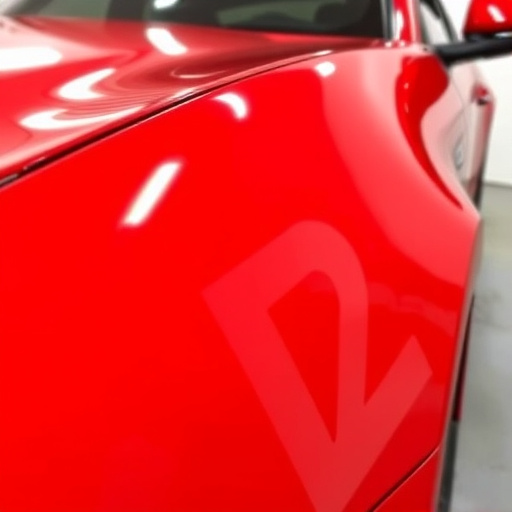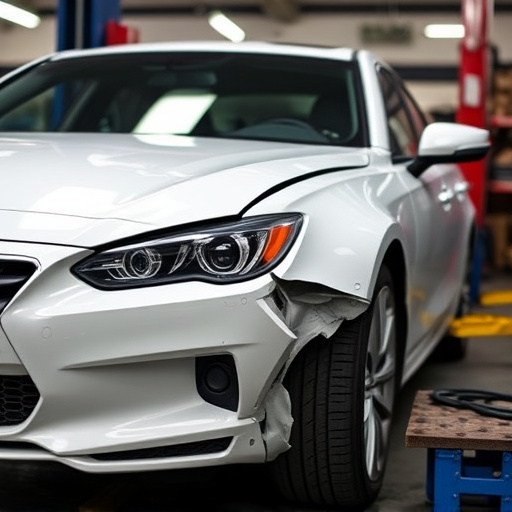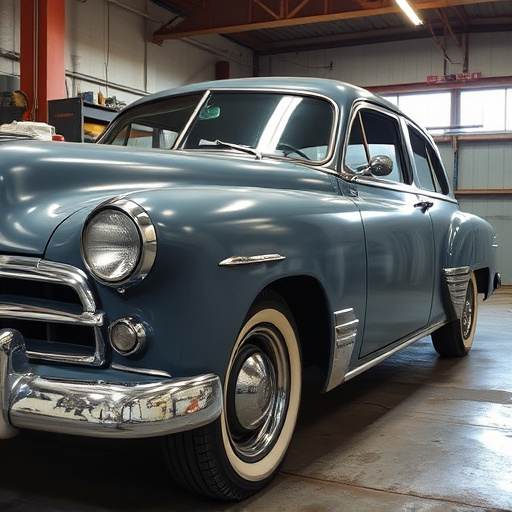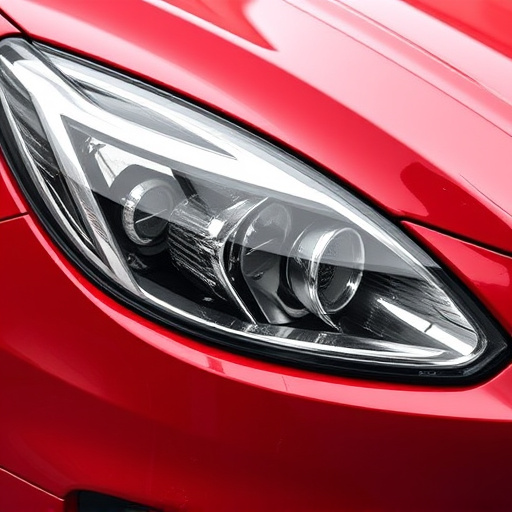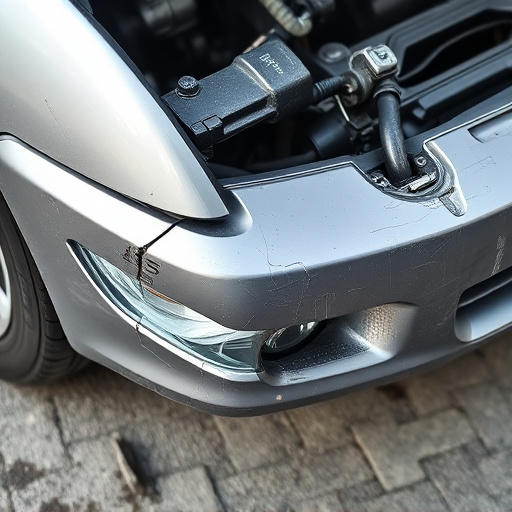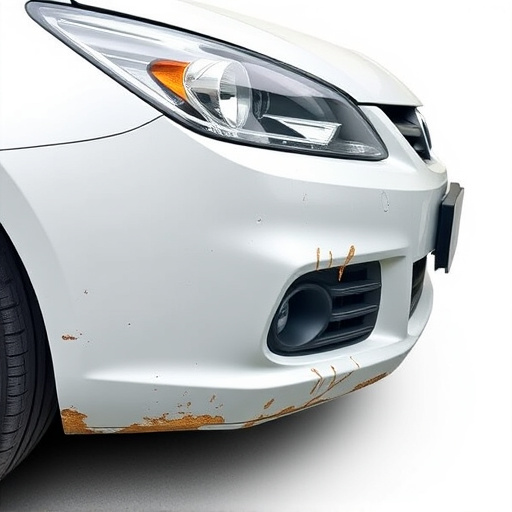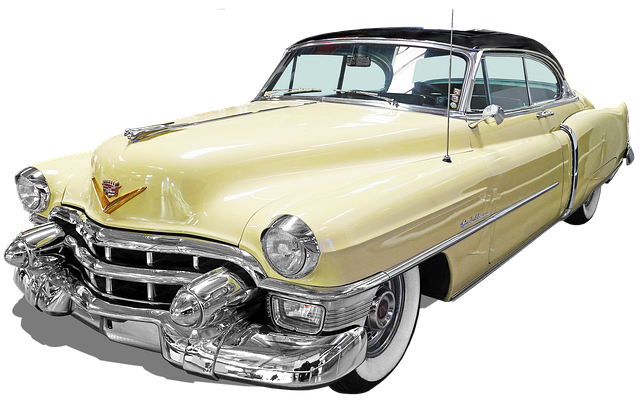Minor dent repair is a DIY option for subtle damage using tools like mallets, pullers, and PDR kits. Prepare by washing the car, then pop out the dent, assess depth, fill, sand, prime, and paint for an invisible fix, saving time and money compared to professional collision repair.
Looking to fix those pesky little dents in your car doors? Discover the art of minor dent repair, a game-changer for tackling small bumps and door dings. This comprehensive guide breaks down the techniques, tools, and materials needed to achieve a flawless fix. From understanding the process to following a step-by-step approach, you’ll master the skills to restore your vehicle’s gleam and protect its value. Get ready to say goodbye to unsightly dents!
- Understanding Minor Dent Repair Techniques
- Tools and Materials for Door Dings
- Step-by-Step Guide to A Successful Fix
Understanding Minor Dent Repair Techniques
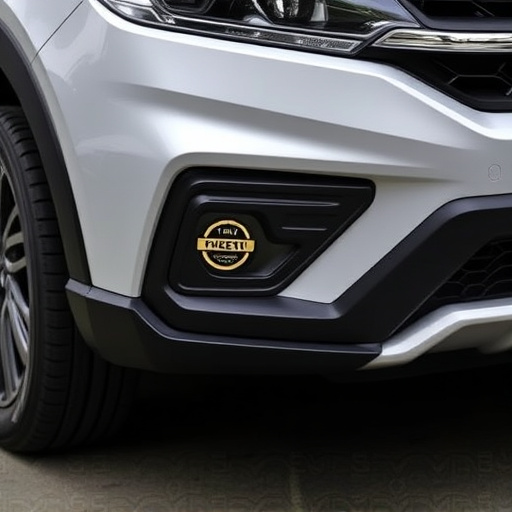
Minor dent repair is a specialized technique within the automotive industry focused on addressing subtle damage like small bumps and door dings. Unlike major car collision repairs, which often require extensive bodywork and replacement parts, minor dent repair aims to restore vehicles to their original condition with minimal intervention. This process involves using various tools and methods, such as plastic mallets, putty knives, and specialized adhesives, to push out dents and smoothen the surface without leaving visible traces of damage.
Understanding these techniques is crucial for vehicle owners looking to maintain their car’s aesthetics and value. It’s worth noting that while minor dent repair can significantly enhance the appearance of a vehicle, it may not always be suitable for severe or structural dents. In cases of significant damage, including deep or complex creases, it’s recommended to consult a professional mechanic or car collision repair service to ensure proper and safe restoration of the vehicle.
Tools and Materials for Door Dings
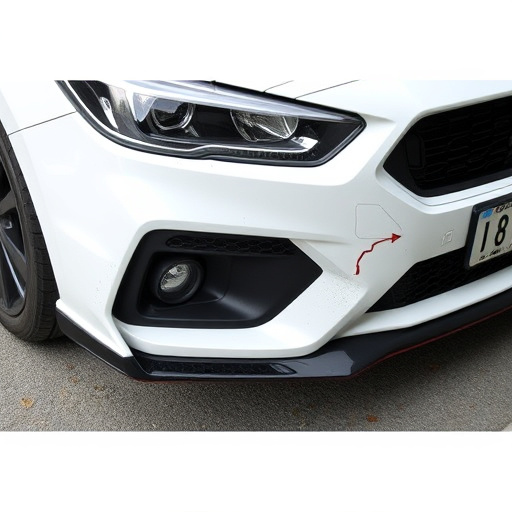
When it comes to repairing minor dents, especially those pesky door dings, the right tools and materials are essential for achieving a smooth, paintless finish. For this type of automotive body work, you’ll need a few key items to ensure the best results. One of the most common and effective tools for minor dent repair is a set of plastic or rubber mallets. These soft-headed hammers allow for precise control when gently pushing out the dented area back to its original shape.
Additionally, a variety of pulling tools, such as dent pullers or pry bars, are invaluable for removing the dent from the panel. These tools come in different sizes and shapes to accommodate various vehicle surfaces. For those seeking an advanced solution, paintless dent repair (PDR) kits offer a range of buffing wheels, applicators, and compounds designed to restore panels without the need for painting or significant sanding. Such kits are a favorite among auto enthusiasts and professionals alike for their efficiency in minor auto maintenance.
Step-by-Step Guide to A Successful Fix

A successful minor dent repair starts with preparation. First, wash and dry your vehicle thoroughly to ensure clear visibility of the damage. Use a dent puller or a putty knife to pop out the dent from behind the panel. This requires some force but should be manageable with the right tools. Once the dent is visible, assess its depth; if it goes deeper than the surface, consider professional auto body repair for more severe collision damage.
Next, apply a thin layer of auto-body filler to the dented area, sanding gently until smooth after drying. After the filler hardens, sand again to achieve a sleek finish matching your vehicle’s original paint job. Prime the spot and then paint over it using the exact shade of your car’s color for an invisible repair. Allow the paint to dry completely before adding clear coat to protect the fix. For minor dents from fender benders, this DIY approach can save time and money compared to collision damage repair.
Minor dent repair is a practical and cost-effective solution for fixing small bumps and door dings. By understanding the techniques, investing in the right tools and materials, and following a step-by-step guide, you can achieve a professional-looking finish that restores your vehicle’s appearance. With these simple methods, you’ll be well-equipped to handle minor dents, saving time and money while keeping your car looking its best.
